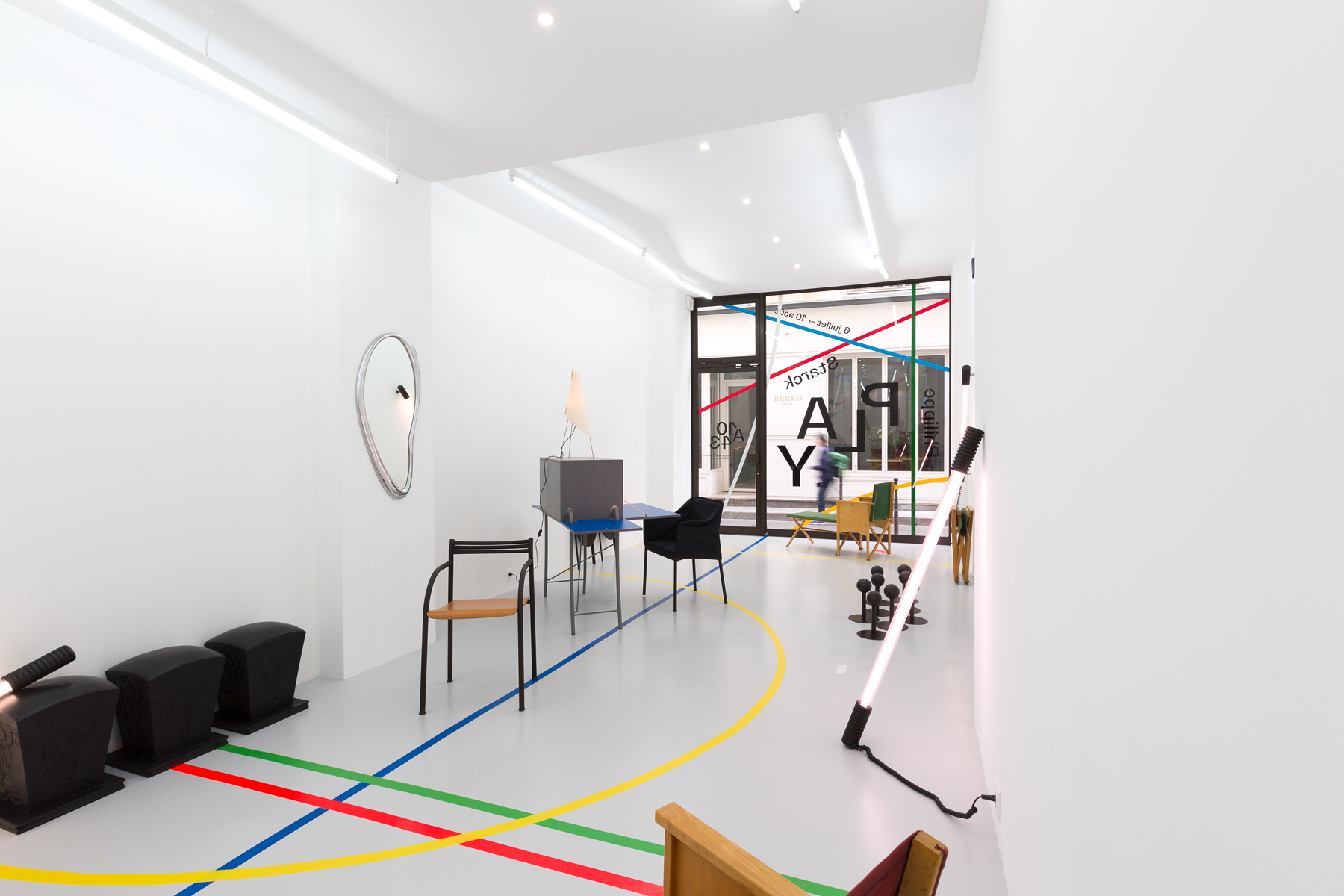



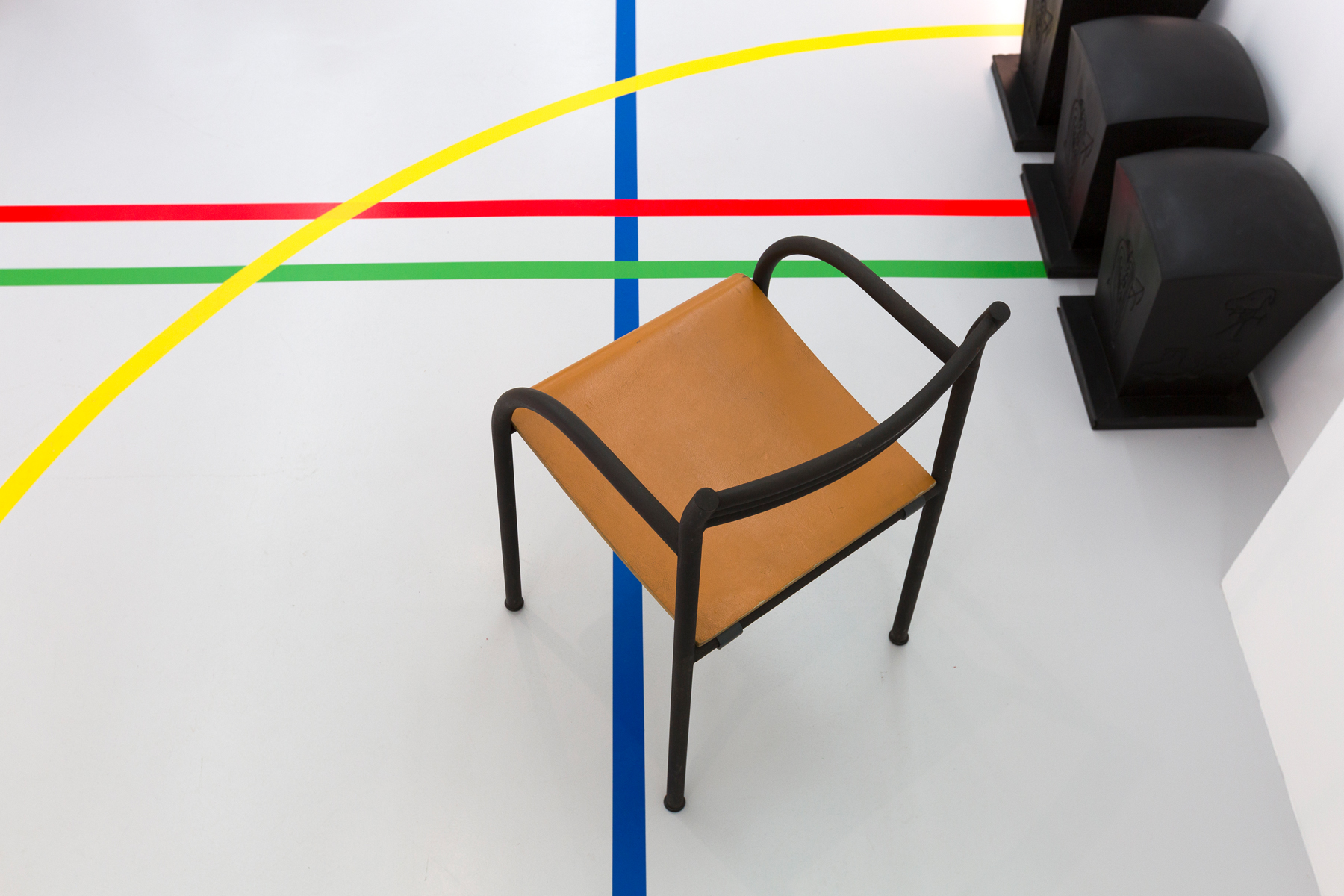

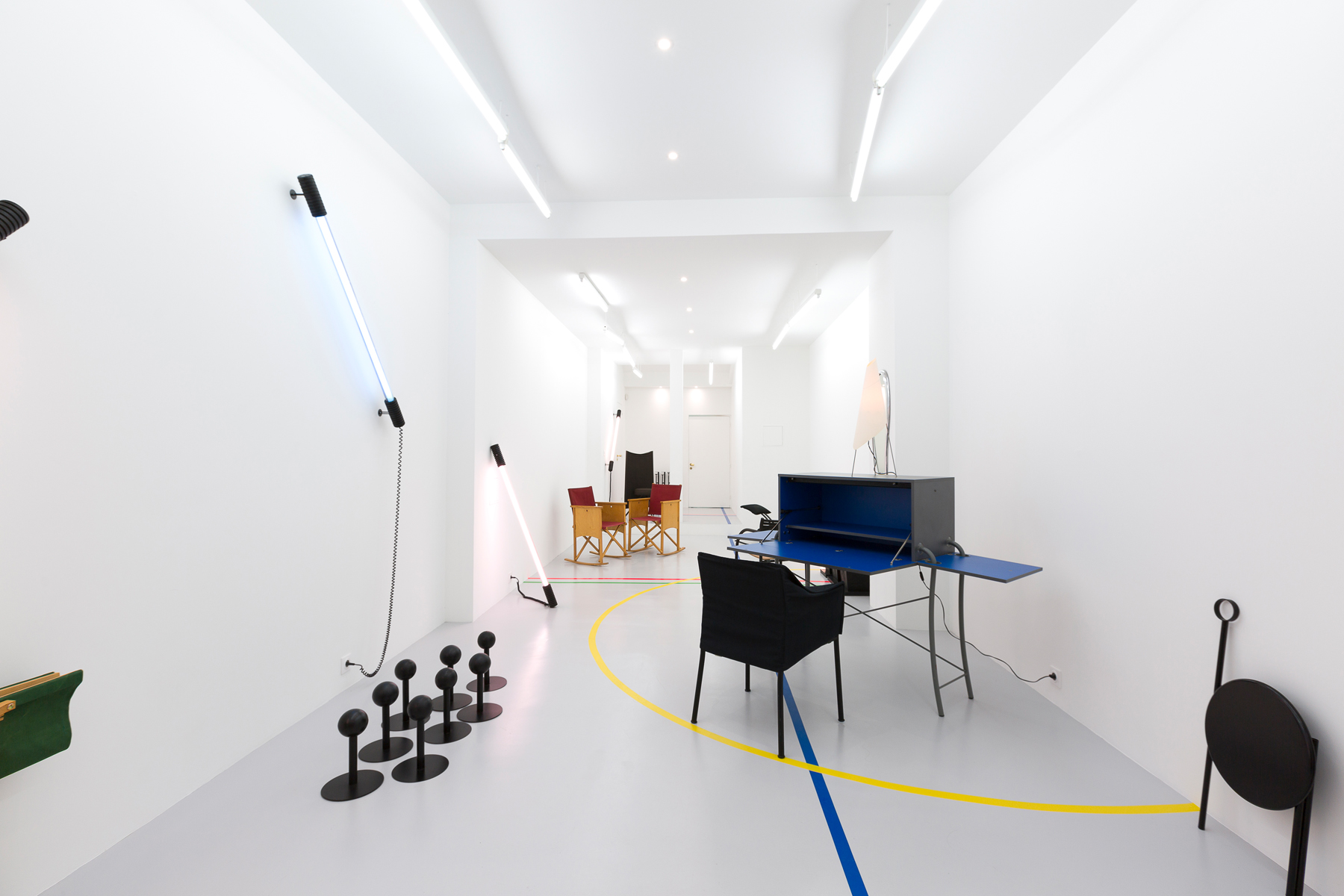
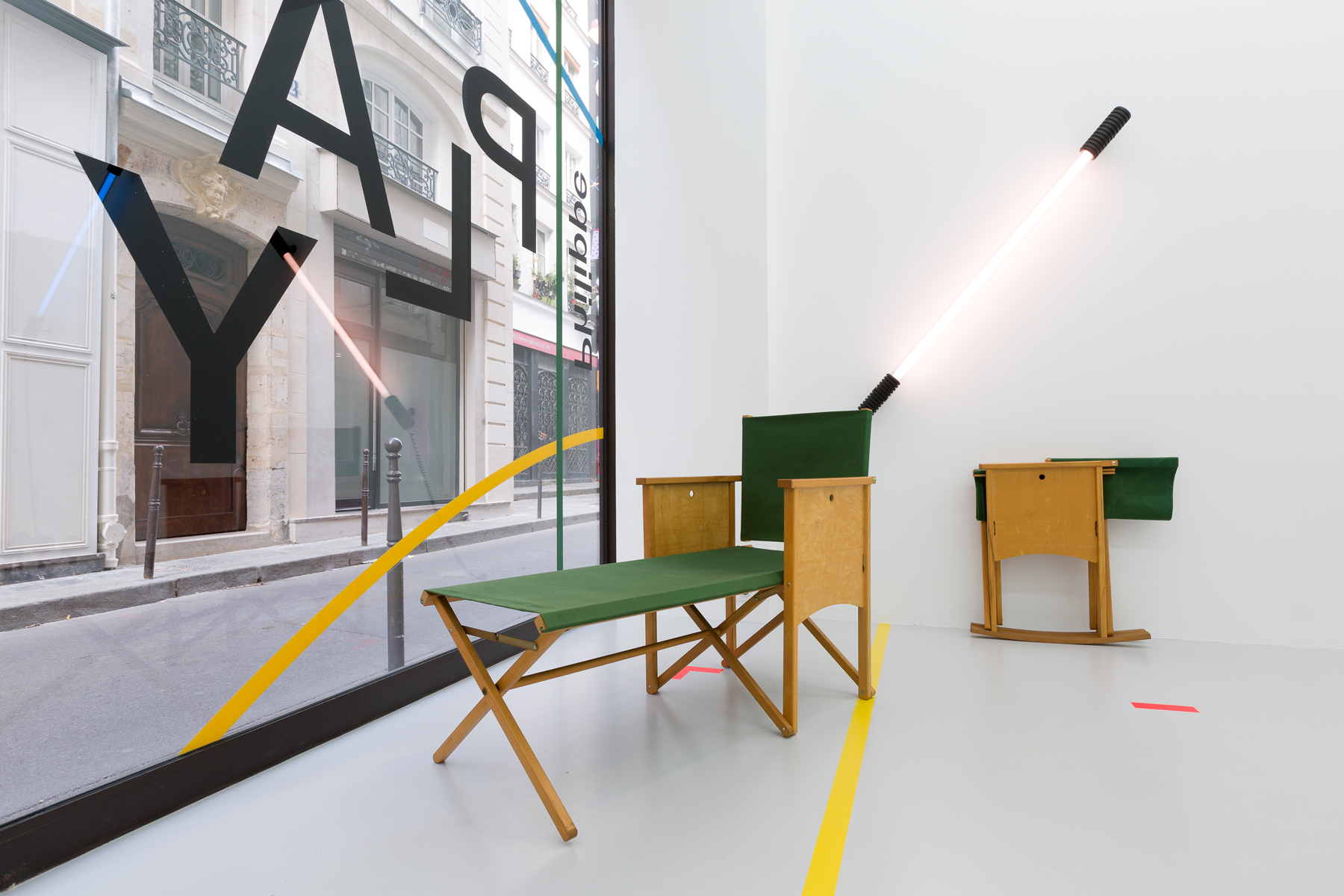
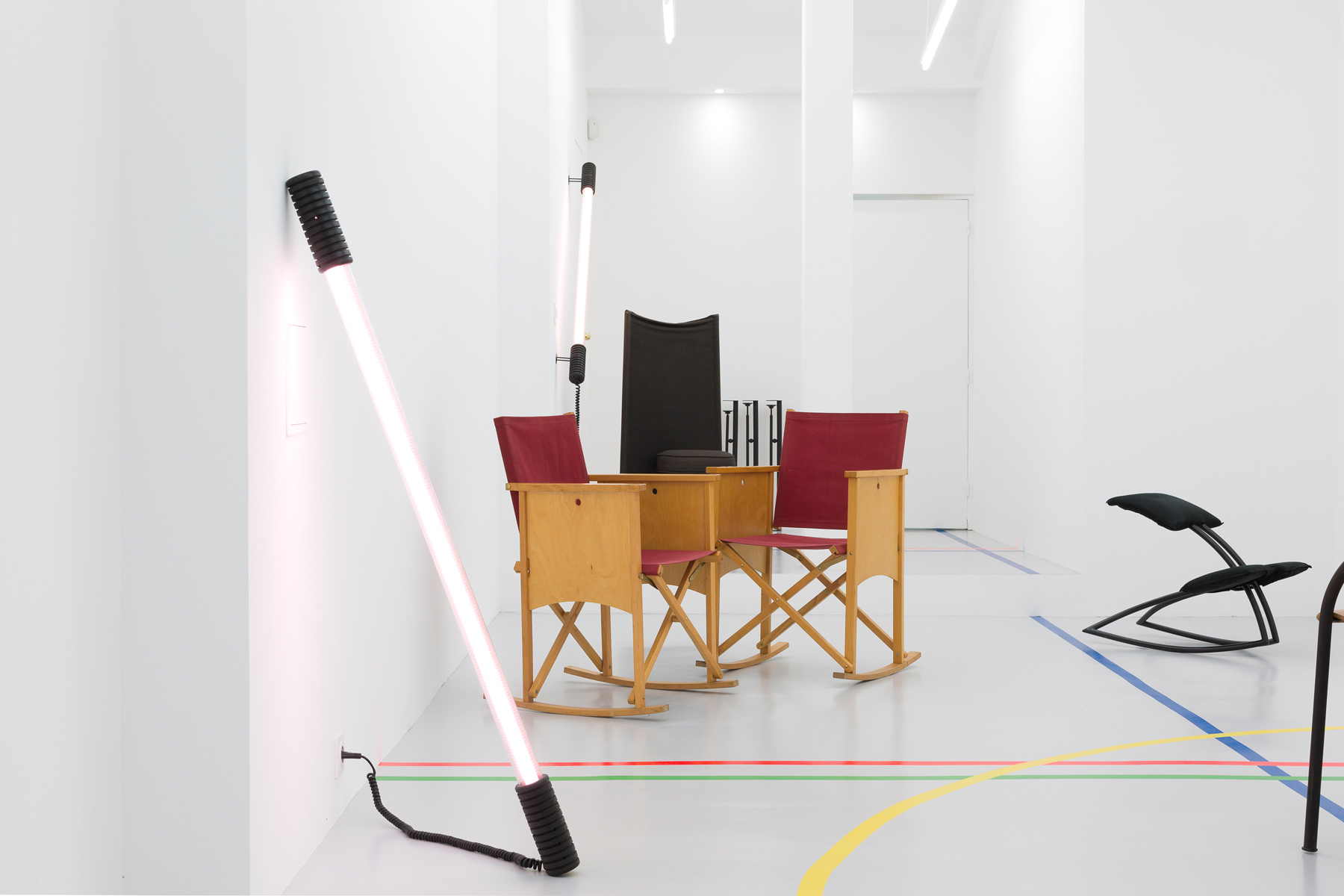
Play
Philippe Starck
July 6th
︎︎︎ August 10th, 2024
Philippe Starck. The name speaks for itself. An introduction is not required. We've all held an object boasting the STARCK logo, whether in italics, handwritten or in a stick font. Thanks to the current 80s revival, there is no need to even think about what he produced at the start of his career. The objects, worlds and images are now references for students and young collectors today. Cult objects that have found their way into the homes of leading collectors, as well as more modest ones. Popular and chic with something for everyone. Philippe Starck pleases, has pleased and will always please. He is without doubt an integral part of the history of design. There may be some debate about this, as the person, such a character, is so divisive. You either love him or you hate him. A particular period, a particular part, a particular series, but not the others. Philippe Starck leaves no one indifferent. That is the point. It is plain to see.
Although there have been several exhibitions and events about Starck in recent years, A1043 has not been involved with any of them. However, we have had a lot to say about him for a long time, and it's time we revealed all.
Philippe Starck: Play
You cannot fail to be charmed by the sense of fun that spans his entire career and work. Indeed, if there is one aspect of his work that should be explored, it is this. Design is a game for Philippe Starck. But in this game, which he plays a part in inventing, there are no longer any rules, or let's say that the rules are elements with which we play, even if it means totally challenging and breaking them. As a result, the field of design was transformed. So, there is a before and after.
Playing means setting things in motion, and that's exactly what Philippe Starck does. With many of his works, movement is an important part of the object. Mister Bliss (1982), one of the signature objects of his career, not only makes work joyful (true to its name), it also makes us adopt a position that initially appears uncomfortable, but whose gentle swinging movement transports us to the joy of the rocking toys of our childhood. Working becomes child's play. While the famous Easy-Light (1980) is first and foremost a lamp, the object it most closely resembles is a hand-held lamp. It's an object linked to work and maintenance that can be used to illuminate inaccessible nooks and crannies. Maybe it's the uncharted territory of Star Wars, inviting many users to play with Easy Light as they would with Darth Vader's light sabre. With Starck, things move, shock and contrast.
There are times, however, when you just need a break. So, what better way than with leisure activities. Mister X (1996) revamps, extends and tilts folding holiday seats. In no time at all, we're off on holiday. Philippe Starck's furniture folds and unfolds, encouraging a nomadic lifestyle. That's what Starck's movement is all about. You pick it up, unfold it, set it up, play with it, work with it and pack it away. All at once.
Folding furniture has been a permanent feature of Philippe Starck's work since the beginning of his career. The Doctor Bloodmoney armchair from 1979 conjures up the idea of a comfortable folding armchair that can be used or stored at will. It's there, it provides a conventional position and then it's gone! It disappears! Philippe Starck offers freedom. The freedom to use or not use, with very little and minimum clutter. In short, Philippe Starck is life. Nothing is set in stone. Blink and it’s gone. You must be able to move, to go off on a whim and leave everything behind. To Tokyo, for example, to do origami. Isn't that why this creator invented so many ways of getting around? Motorbikes, bicycles, boats! Come on, let's get going! Forget all convention. Your mother-in-law can keep her leg of lamb. Let's get in the wheelbarrow and go for a ride (Ceci n'est pas une brouette, 1996).
Even if he comes across as a clown (Colucci, 1986), Philippe Starck is basically creating the territory for dialogue that every design object should have. Play, movement and nomadism are unnerving, but they create dialogue and interaction. Philippe Starck's objects call out to you. When they don't require you to manipulate them, they ask you to contribute to them and to be partly responsible for them. Pepper Young (1984) is described from the outset as a coffee table made up of just four blocks. Users are free to put whatever they like on the table and whatever is available. A plywood board, a door, a glass tray. In this case, the user is not only the one who makes the object appear and disappear, but also the one who finishes designing it. La lune sans la chapeau (1986) is also one of these incomplete objects, because it is in kit form. The user becomes the handyman, and mistakes are no big deal. An object assembled upside down can also be interesting. Philippe Starck won't disappoint. He likes to create objects with a definite duality, as if frozen in an in-between movement. A lamp can also be a table, a floor lamp and even a coat rack. Perhaps this is also why he was one of the very first designers to use cast aluminium. The object that results from this means of production is a precise moment in a process, yet it is also ready to become something else. Aluminium is endlessly recyclable.
Ultimately, Philippe Starck is the personification of the principle of morphing. A continuous movement in constant redefinition that questions reality. A designer who is simultaneously clown, troublemaker, devil and king. Black and white on the playing board at the same time. Highly desirable. What could be better? So, let's play!
